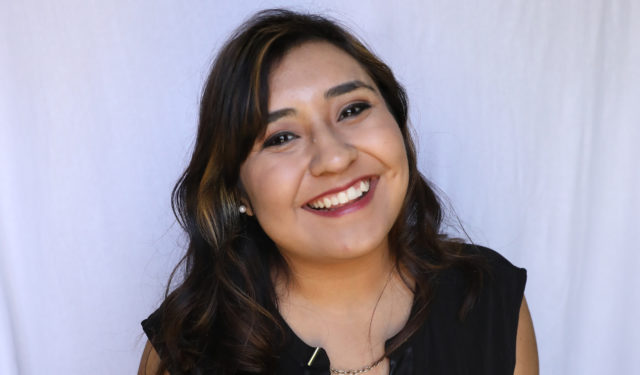By Didi Martinez | Digital Managing Editor
ABC’s newest TV drama, “The Good Doctor” has earned itself a top spot in weekly viewership since its September debut. But the show’s positive reception is more than just another success story. The drama, which centers around the life of a surgeon with autism, is unique in its character portrayal and frequent commentary about the social limitations imposed on those with the disability.
As I watched the show for the first time, one scene in particular stood out to me. It involved the protagonist, Shaun Murphy (Freddie Highmore) missing his bus stop on the way back from work. An expert on autism would tell you, an event like this could prove to be particularly distressing since individuals with this disability tend to be highly dependent on routine. True enough, Murphy panics and asks the bus driver to turn back around. The bus driver says no and tells Murphy to get off at the next stop.
While the show is built off various situations like this, where individuals encounter Murphy and fail to understand him, there’s no denying that these characters point to a very real problem in education today. To put it quite simply, the science and psychology behind people with disabilities is not given enough time in the classroom.
Growing up, most people have likely encountered a peer with a disability. While some disorders, such as Down syndrome, may be more physically noticeable than others, there appears to be a whole lot of discretion left up to individuals when it comes to identifying those with special needs.
In Texas classrooms, students hardly learn what disorders like Asperger’s syndrome is until they get to a high school science class. This is way too late to learn about the nuances of disability and even then, it separates the subject from the people who live with it.
Identifying a disability is only half the problem when it comes to understanding people with special needs. People must consider what is appropriate behavior toward those with disabilities. Growing up, I have seen the scandalized whispers of other students as they watch a person with a disability become upset. Even worse, I would watch as people with disorders like autism and Down syndrome become isolated from the rest of the class as students made a point to ignore them.
The Individuals with Disabilities Education Act (IDEA) currently oversees standards set by the Department of Education when it comes to special education. But many of the laws and regulations placed by IDEA deal with how school officials should approach a disabled individual’s education. Not enough page space has been dedicated toward addressing how school officials can create an environment that reduces the likelihood of peer harassment.
There is much debate among the special needs community as to what extent individuals should be expected to lead a “normal” life. Some argue that American society has not been designed with the disabled in mind and therefore, integration has its limitations. Others say that those with special needs are just that, individuals with a disability who should not be treated significantly different from everyone else. And while it’s not my place to say to which extent each side may be right, I do believe that those without disabilities can do a better job at supporting those with disabilities.



